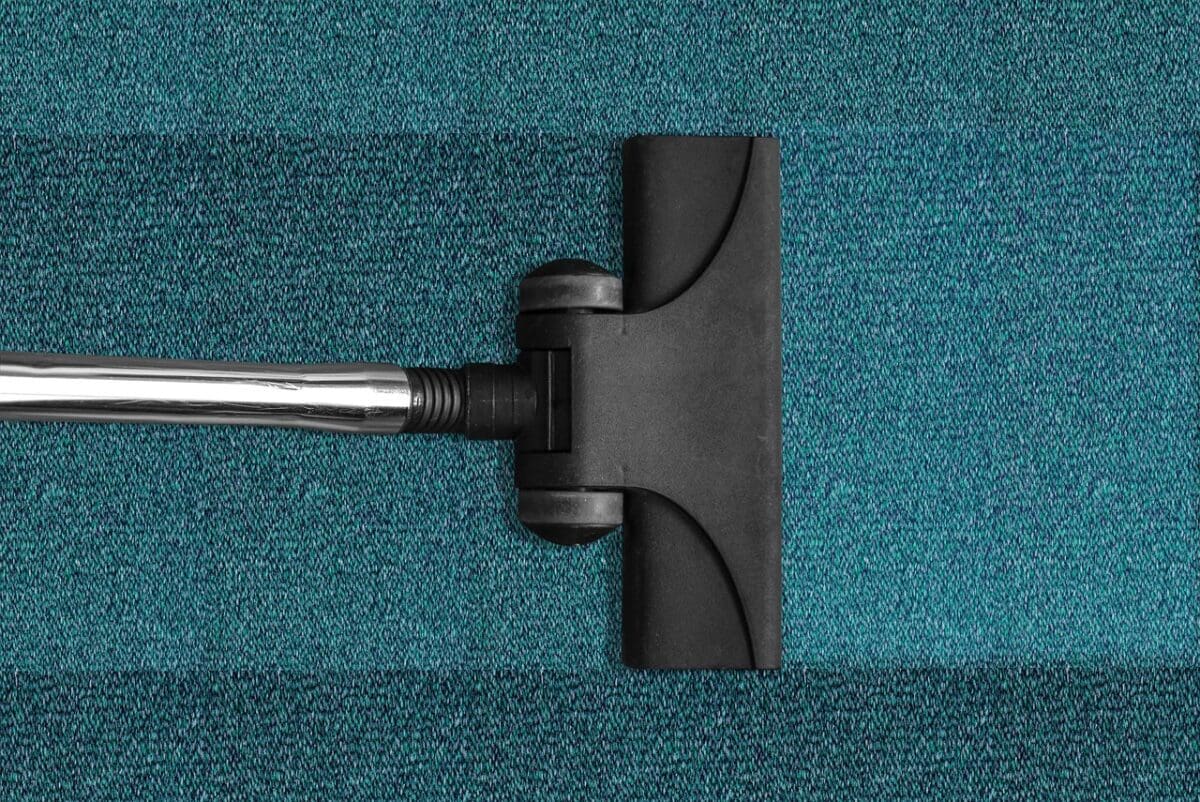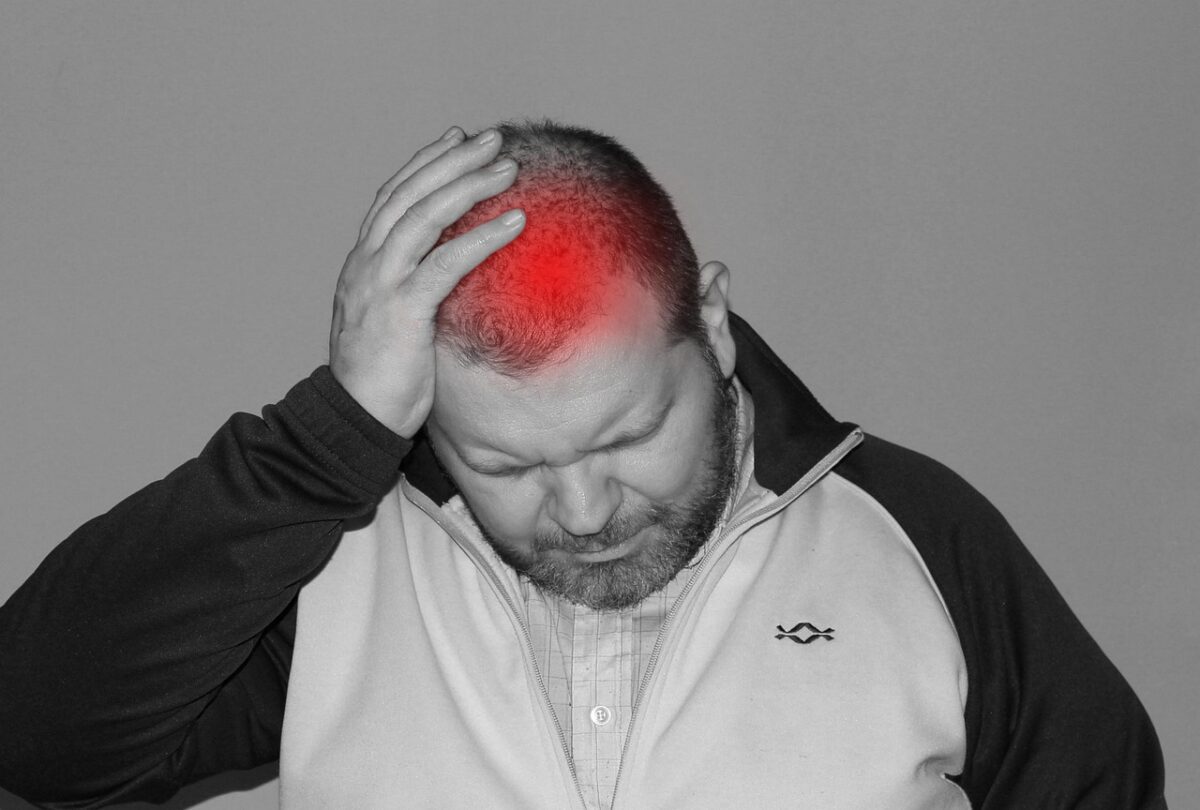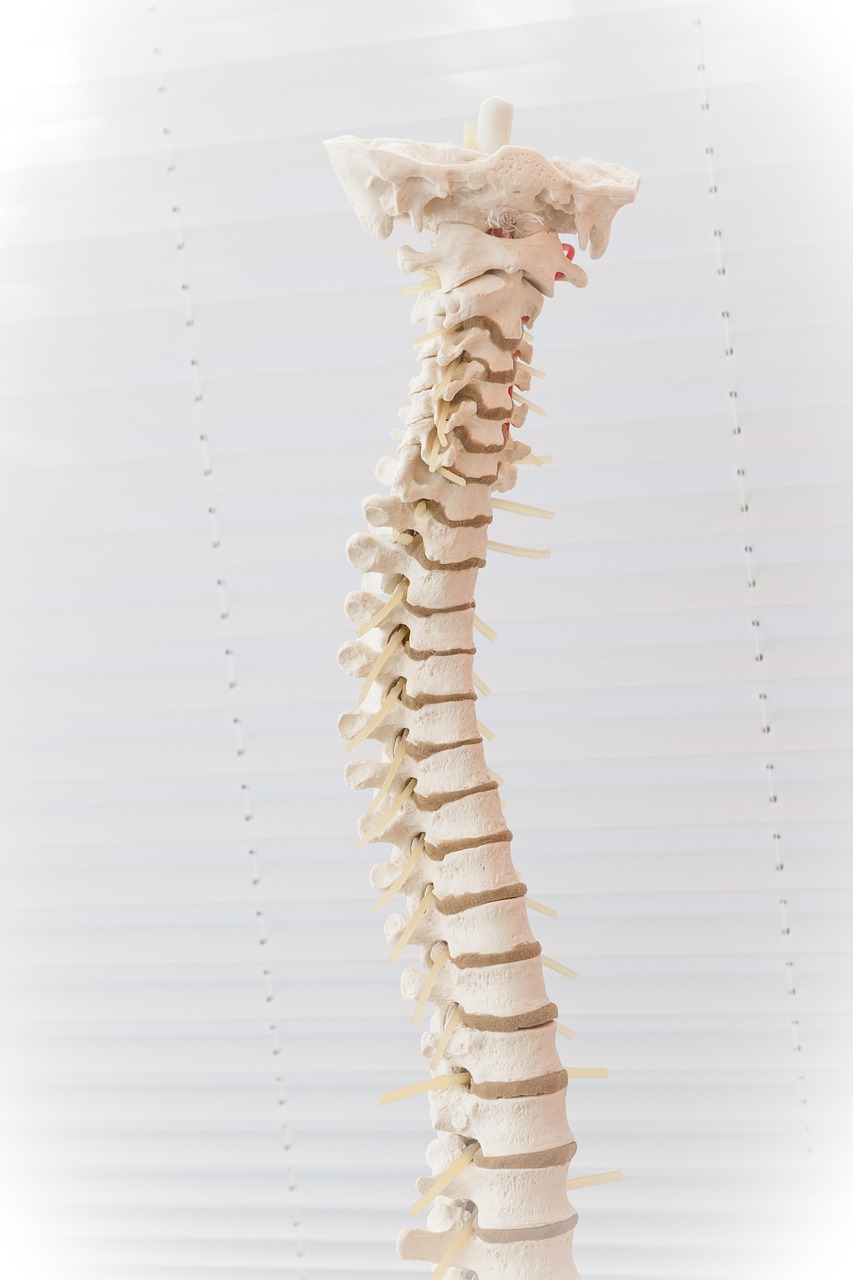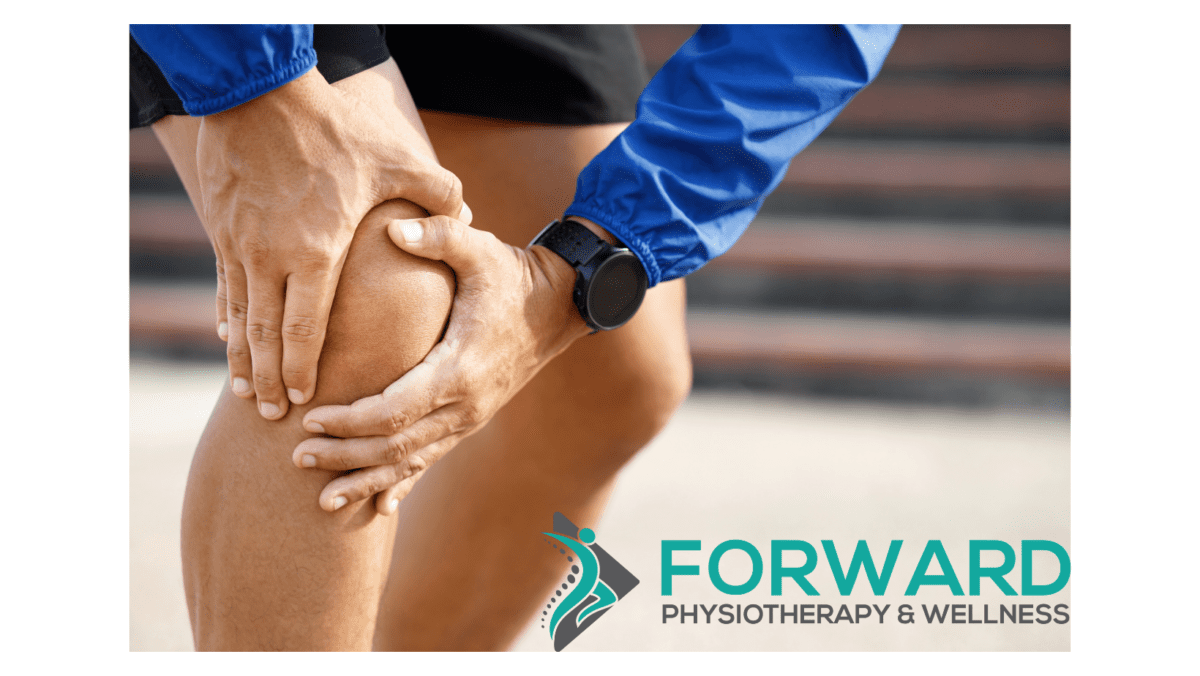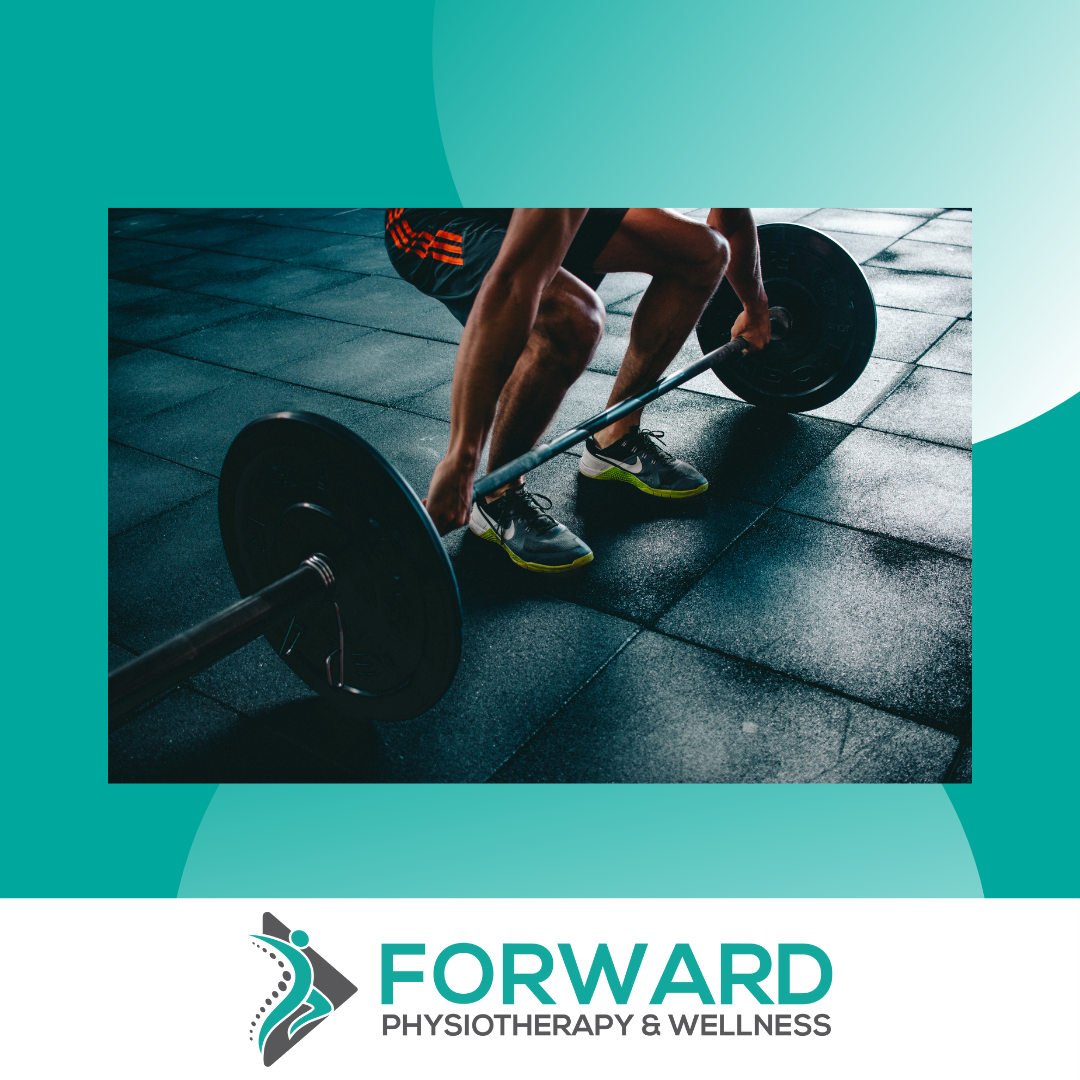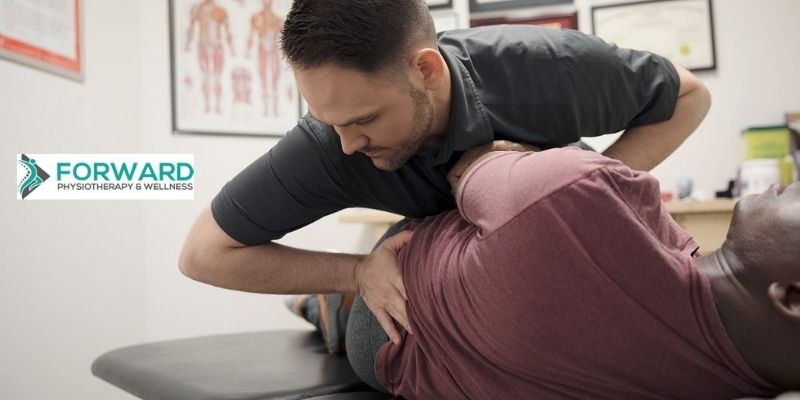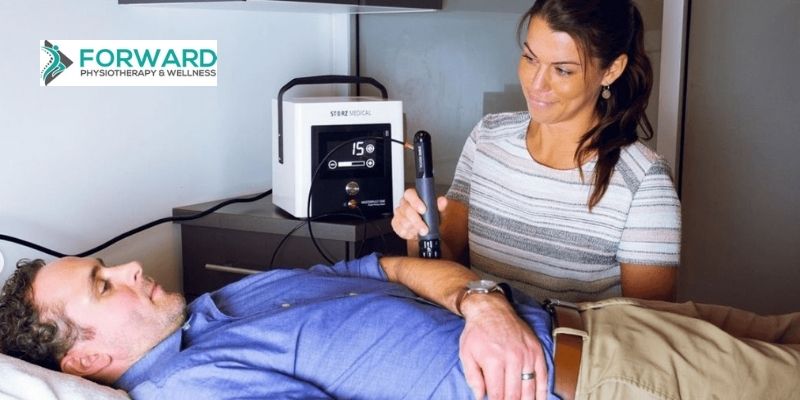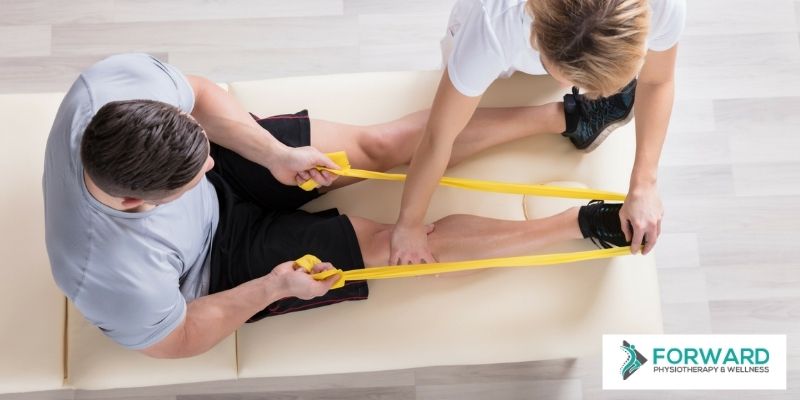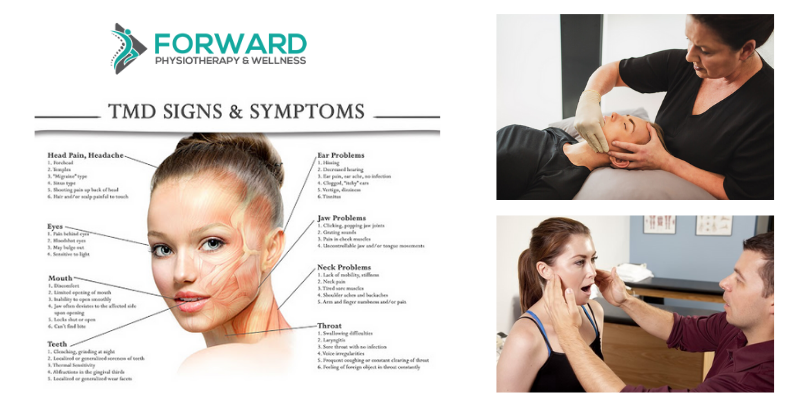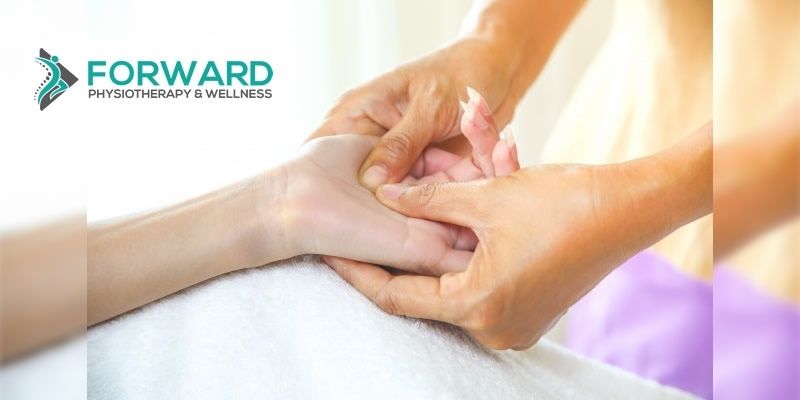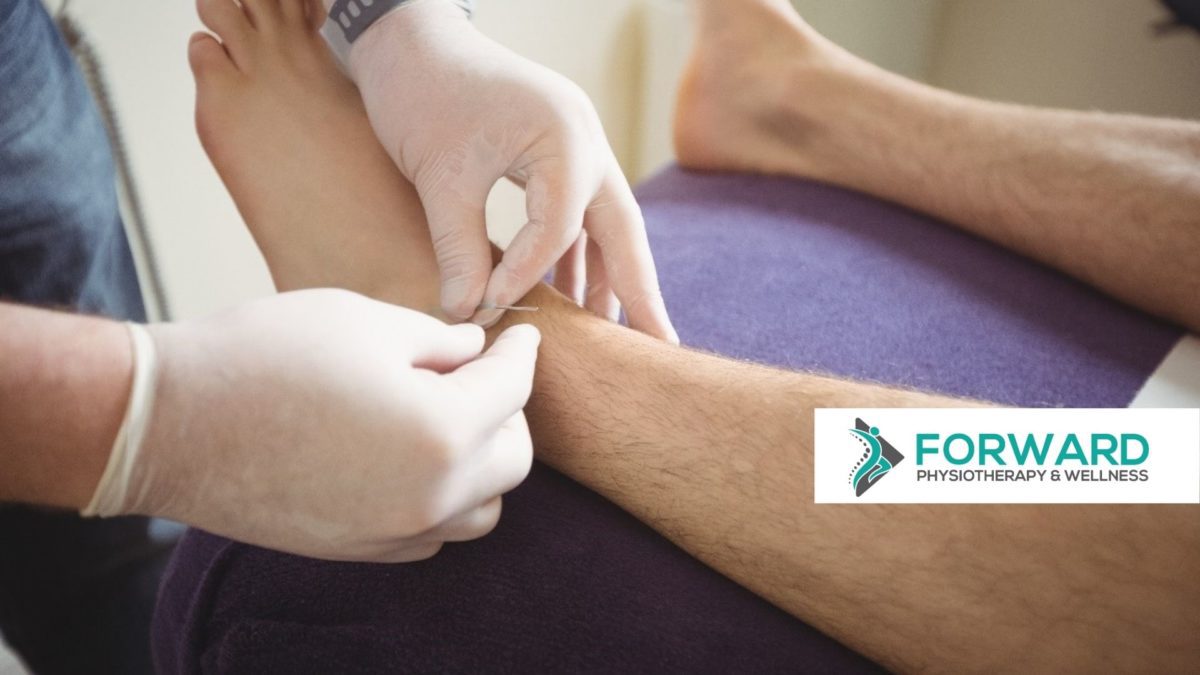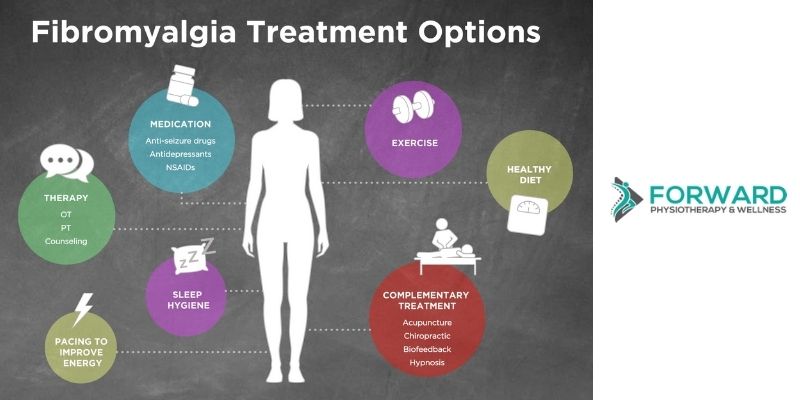
Physiotherapy — Drug-Free Treatment for Fibromyalgia
Posted By: Forward Wellness
Fibromyalgia can be a long-term condition that results in fatigue, stiffness, tenderness, and pain in the musculoskeletal system (muscles and joints) without any presence of inflammation. Pain can be felt all over the body. It has been hypothesized that genetics, trauma, diet, or other conditions such as rheumatoid arthritis may play a role in causing fibromyalgia, but generally the cause is unknown and still being researched. It could also be a result of the spine and brain’s nervous system being "overwhelmed" and not being able to properly process signals of pain coming from the body.
Fibromyalgia is unlike arthritis. It is more than having problems with the muscles, bones, or joints. Pain from fibromyalgia can be minor or, in some cases, it can be serious enough to affect your daily activities. However, there is evidence that this pain can be managed.
Symptoms of Fibromyalgia
Symptoms of fibromyalgia may develop after illness, injury, physical trauma, or psychological stress. The symptoms may vary from one individual to another, but the common symptoms from fibromyalgia may include:
Widespread pain:
Pain all over the body is one main symptom of fibromyalgia. The pain may be worse on some parts of the body, which may include your neck and back. Fibromyalgia can make your whole body very sensitive to pain, that even the slightest touch can be painful.
Poor sleep quality:
In some cases, fibromyalgia may affect your sleep. It can be a challenge to get comfortable and this may not allow your body to be properly refreshed. It can make you wake up tired, even when you have had enough sleep.
Stiffness:
You may feel some form of stiffness in your body if you have fibromyalgia. The stiffness is most severe when you have been in a position for too long. It can also cause a spasm sensation of the muscles.
Headaches:

You may experience frequent headaches since fibromyalgia can cause pain in your shoulders and neck.
Fatigue:
Fibromyalgia can cause sensations of tiredness. The feeling of tiredness can range from mild to complete exhaustion. When the fatigue is severe, it may feel like it drains all of your energy.
Other symptoms of fibromyalgia may include:
- Clumsiness and dizziness
- Depression and anxiety
- Poor temperature regulation: feeling too cold or too hot
- Poor concentration
- Prickling, numbness, or tingling in your feet and hands
Physiotherapy Treatment For Fibromyalgia
It is important to treat the symptoms of Fibromyalgia properly. The condition may flare up, causing the symptom to become worse if not properly treated. There are several treatments for it, and physiotherapy is one of them.
The pain caused by fibromyalgia can be treated using physiotherapy. Through a specially designed treatment plan, a physiotherapist can help you manage and ease the symptoms of fibromyalgia. A physiotherapist is a trained individual who can assist you to stay independent and active.
Physical therapy aims to help strengthen your muscles and improve the range of your motion. Achieving this can help relieve the pain caused by fibromyalgia. This is usually done by the physiotherapist in a way that would not put too much stress on your body. You may be asked to do something as easy as changing your posture. Improving your posture can often help relieve the pain you feel. Relaxation techniques, as well as exercises, can help you deal with fibromyalgia. Exercise is one of the most common physiotherapy options in treating fibromyalgia.
With what is currently known about Fibromyalgia, the most effective treatment plans includes a combination of education about your condition, stress relief strategies (including a psychologist if needed), exercise (tailored to your condition), and medication.Physical exercises
Fibromyalgia causes pain, and often your instinct when you are in pain is to limit your motion or avoid exercise (ie. rest). However, some type of exercise is vital to the treatment of fibromyalgia. These exercises can further prevent other health issues and prevent stiffness and muscle loss.
Doing some tailored type of exercises under the guidance of your physiotherapist can help you manage the pain and improve the general quality of your life. Exercise is a very effective way of fighting tiredness and improving the energy levels of your body. As you perform the prescribed exercises, the production of endorphins in the brain increases; this may reduce depressive symptoms and improves sleep.
By combining some type of exercise with movements that help improve your strength and flexibility, your general health and symptoms of fibromyalgia can be improved. These combinations will also enhance your ability to control pain and improve fatigue.
When you start to exercise, the tenderness in the muscles may seem to get worse. This happens because the muscles have not been used for some time and are deconditioned. We typically see that you can quickly build up your stamina and muscle strength and this post-exercise soreness improves. If exercise is not tolerated, the dosage or intensity may be reduced until an appropriate starting point is found for your body and your condition.
We can slowly increase the amount of exercise you do after doing the routine in the first few weeks. Increasing the amount of exercise will help improve your flexibility, stamina, mood, and fitness. The following are some examples of the exercises you may be given to treat fibromyalgia:
Strengthening exercises:

Strengthening exercises may feel difficult at first, but they get easier with practice and do no harm to your body. They are meant to help build and improve the muscle that protects and moves the joints. They also are designed to improve resting posture to decrease the stress in certain areas of the body. These exercises will be shown to you in our gym, but are easy to do at home. A great target is to do at least one strengthening exercise session per day. Your physiotherapist can suggest the best strengthening exercise that you can do at home, based on your symptoms.
Eventually, we may have a goal of working your muscles with strengthening equipment against resistance in the form of elastic bands or weights. Your physiotherapist will be your guide and let you know when it is appropriate to add resistance to your routine.
Always consult your physiotherapist before including anything new in your exercise routine.
Aerobic exercises:
Aerobic exercise is any movement that makes your heart beat faster and makes you a little out of breath. Examples include brisk walking, swimming, cycling, and elliptical. Aerobic activity is recommended for fibromyalgia as it improves circulation and mood.
While at home, you can get your heart to beat faster as simply as marching on the spot or by moving up and down a flight of stairs.
Stretching exercises:
Exercises that improve range of motion or stretch a tight muscle can help improve your flexibility. You can do usually these exercises anywhere. A physiotherapist can help you with the right kind of stretching exercise that can be done at your convenience. Yoga and Tai chi can also be helpful to improve flexibility in people with fibromyalgia.
Conclusion
Fibromyalgia can cause the body a lot of pain. However, physiotherapy treatment can help manage this pain. Some physical activities suggested for people with fibromyalgia include swimming, biking, and walking. It may be difficult at the start, but you can start slow and gradually increase the intensity with the guidance of your physiotherapist.




